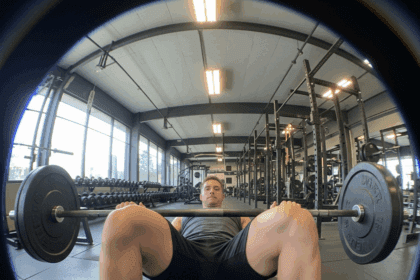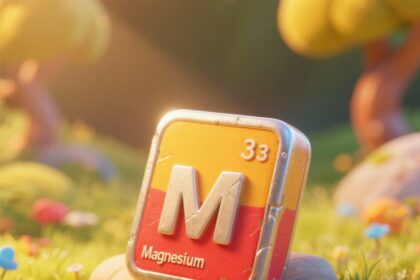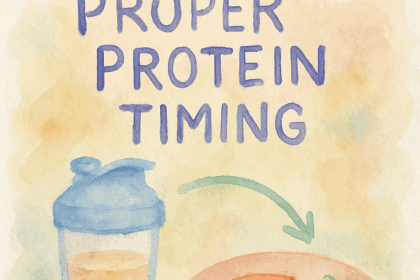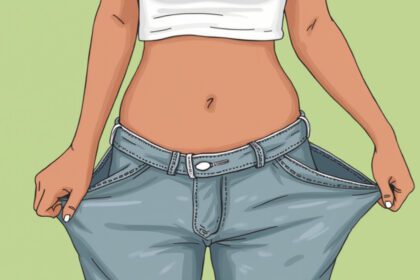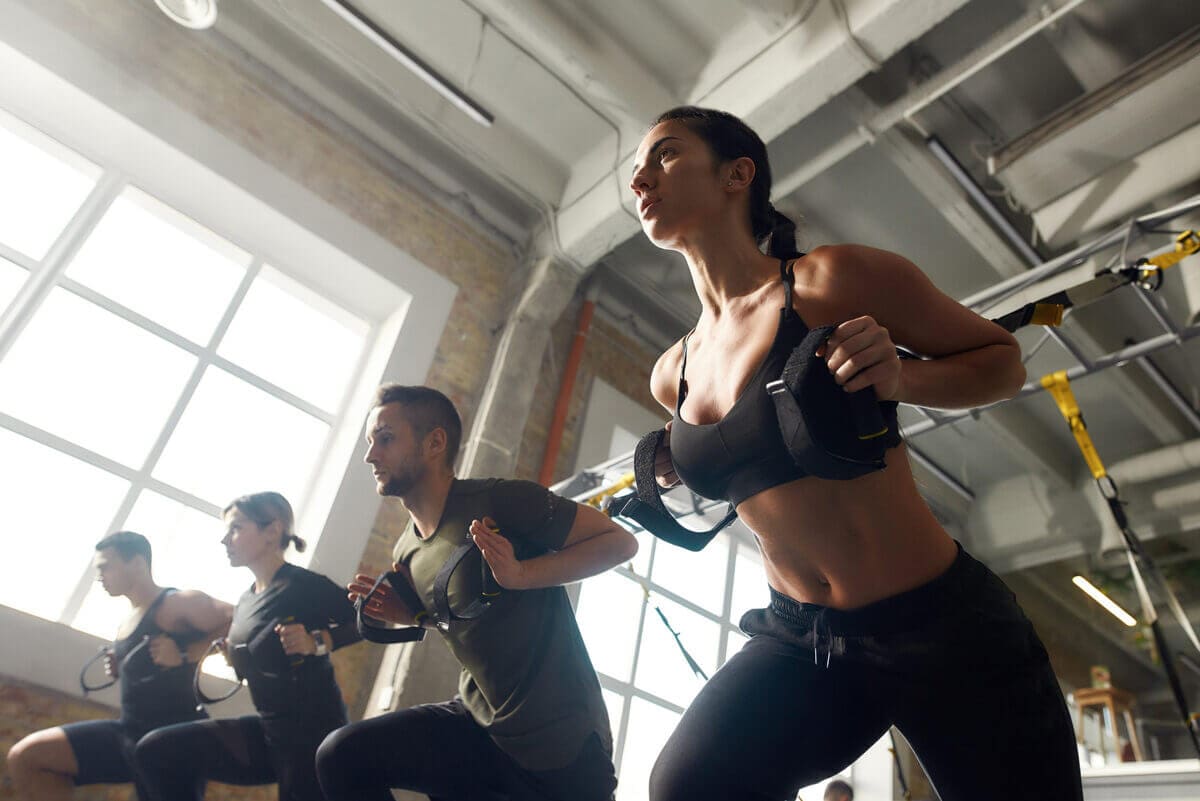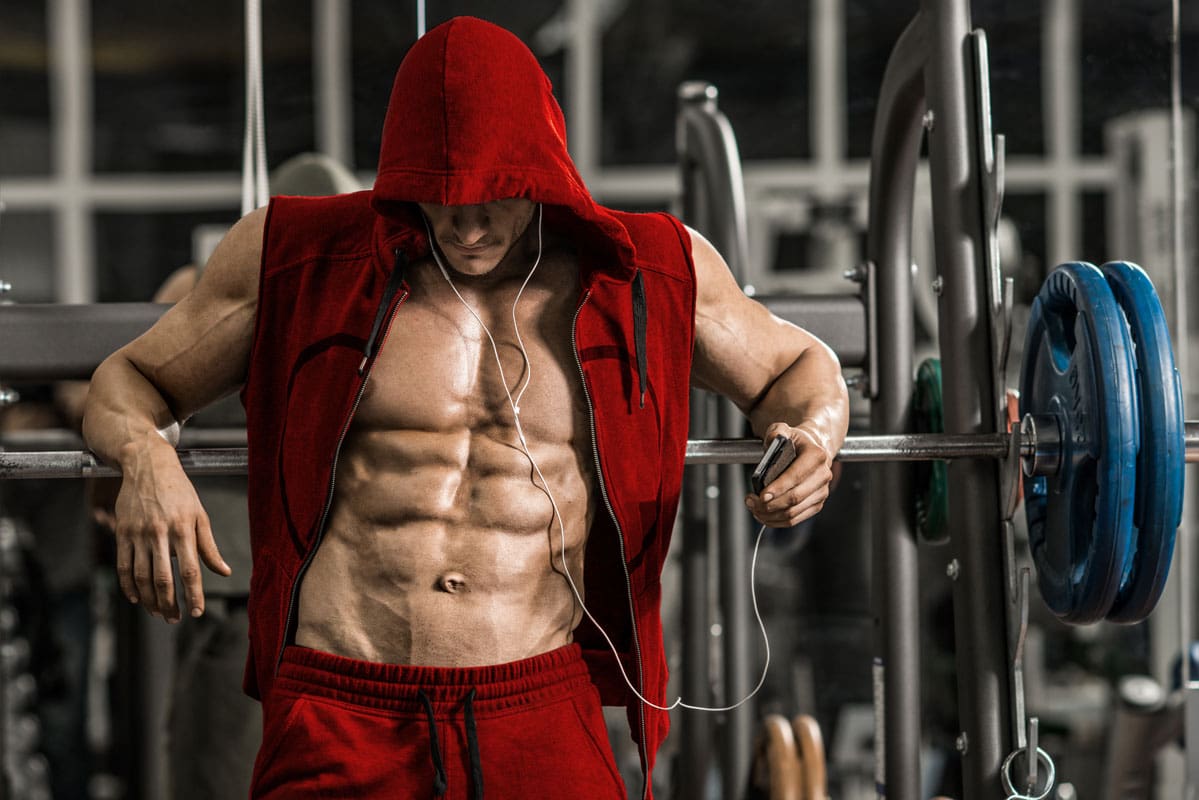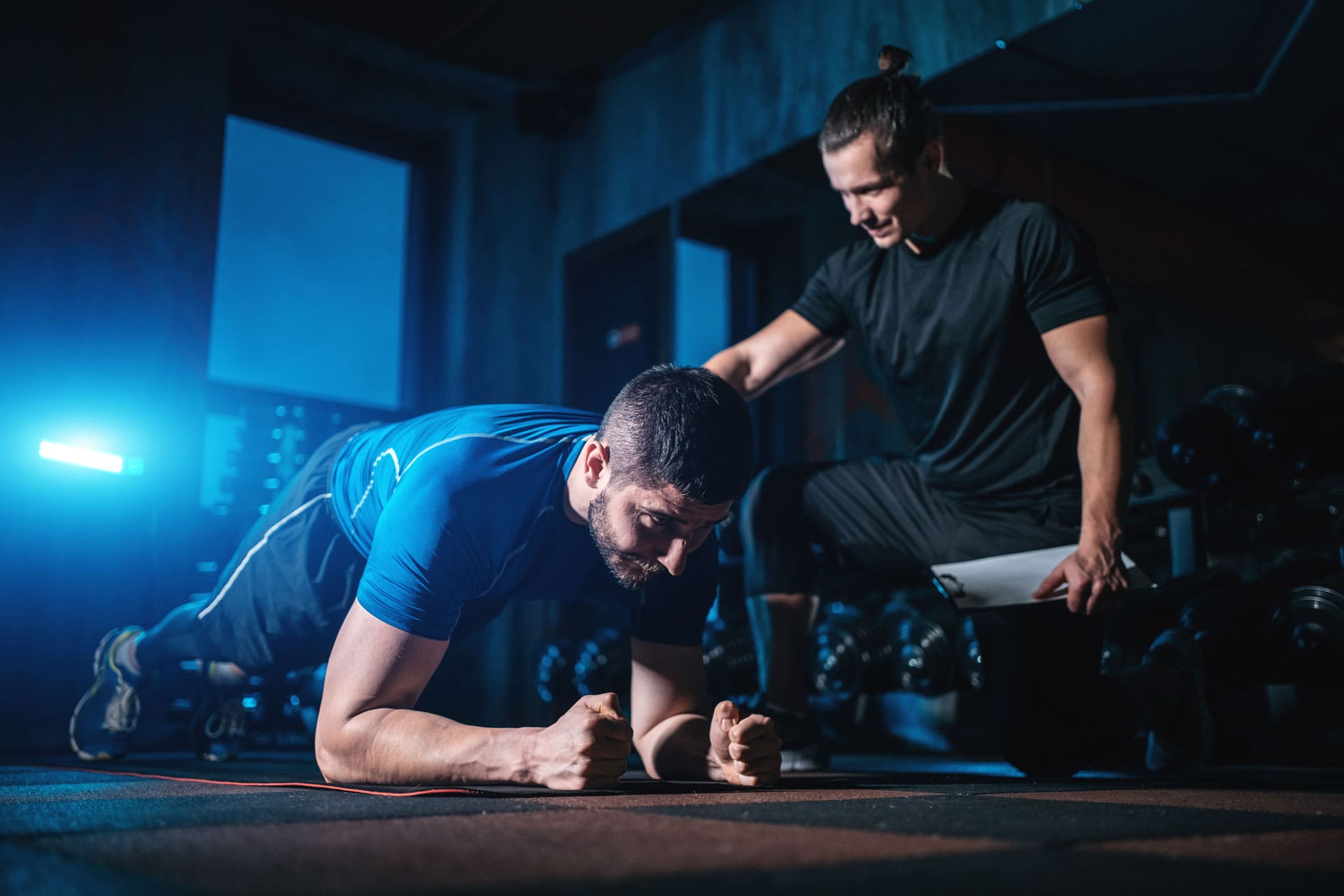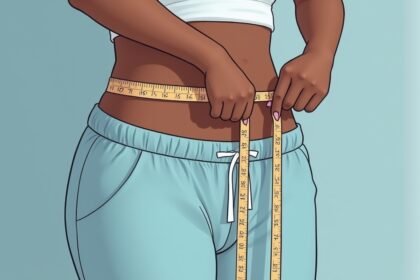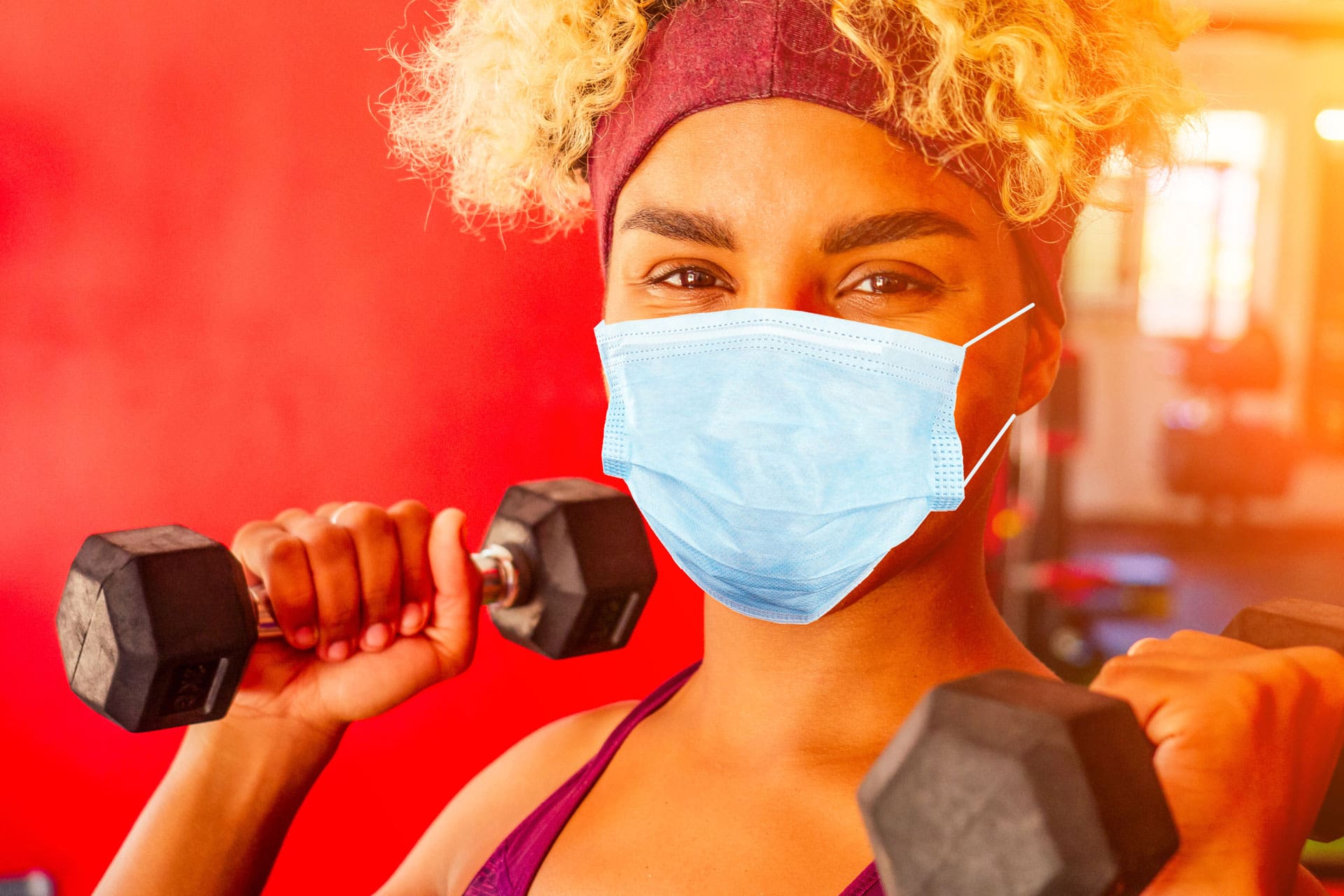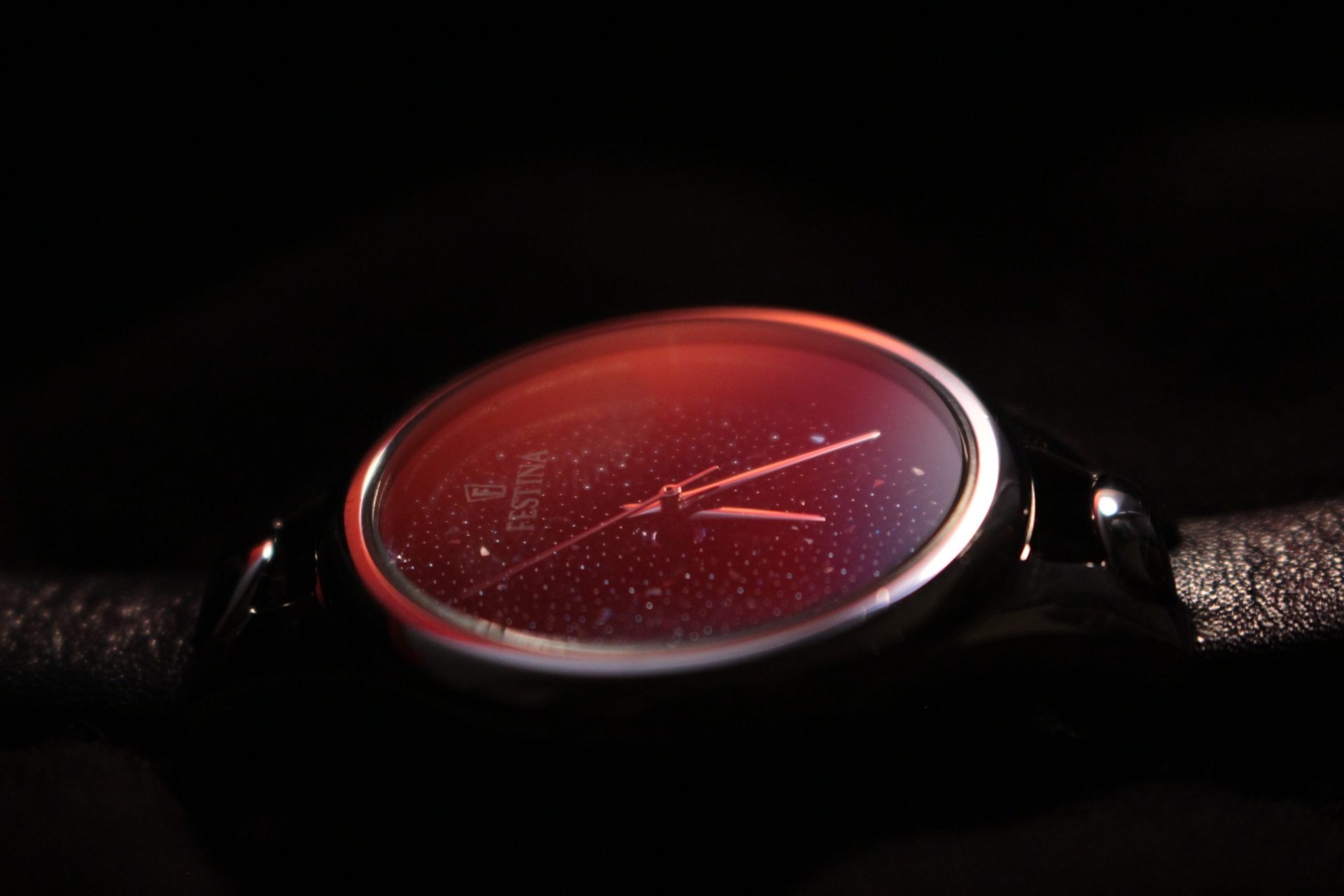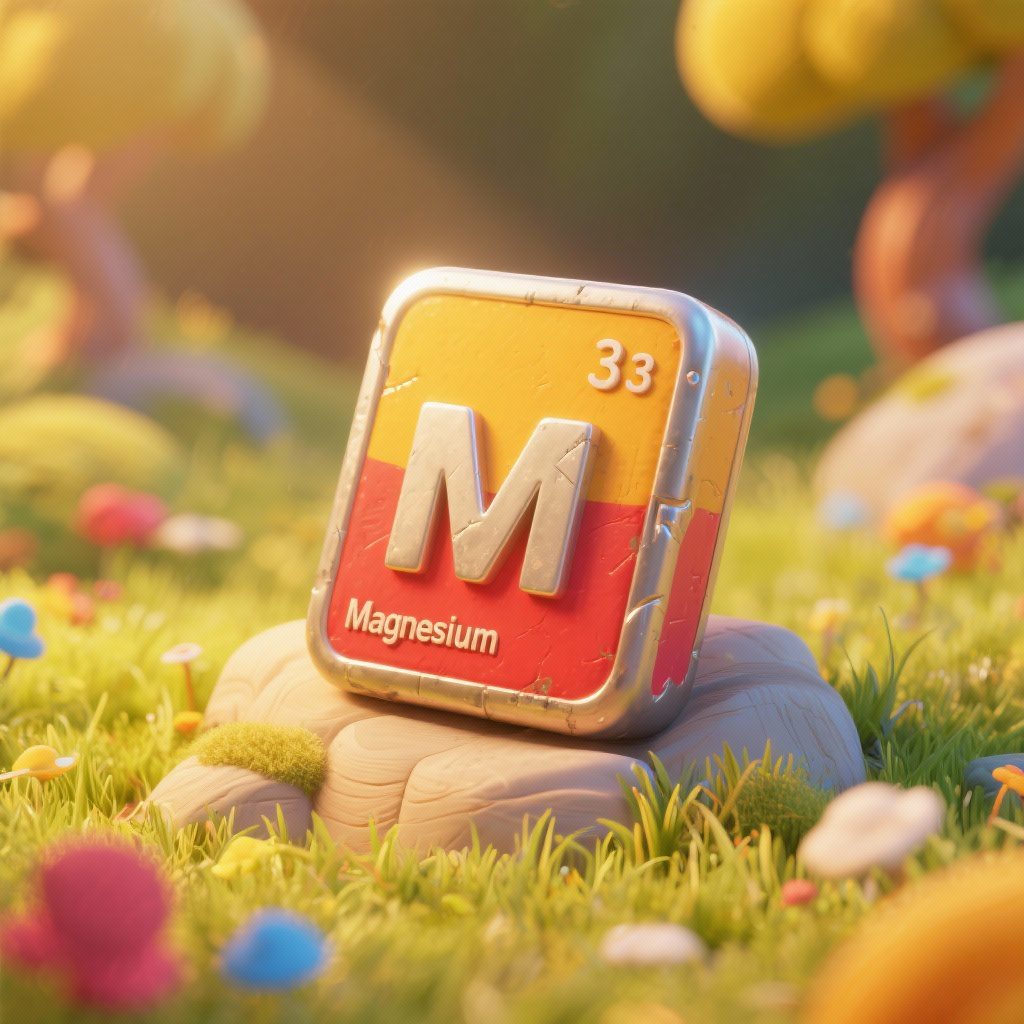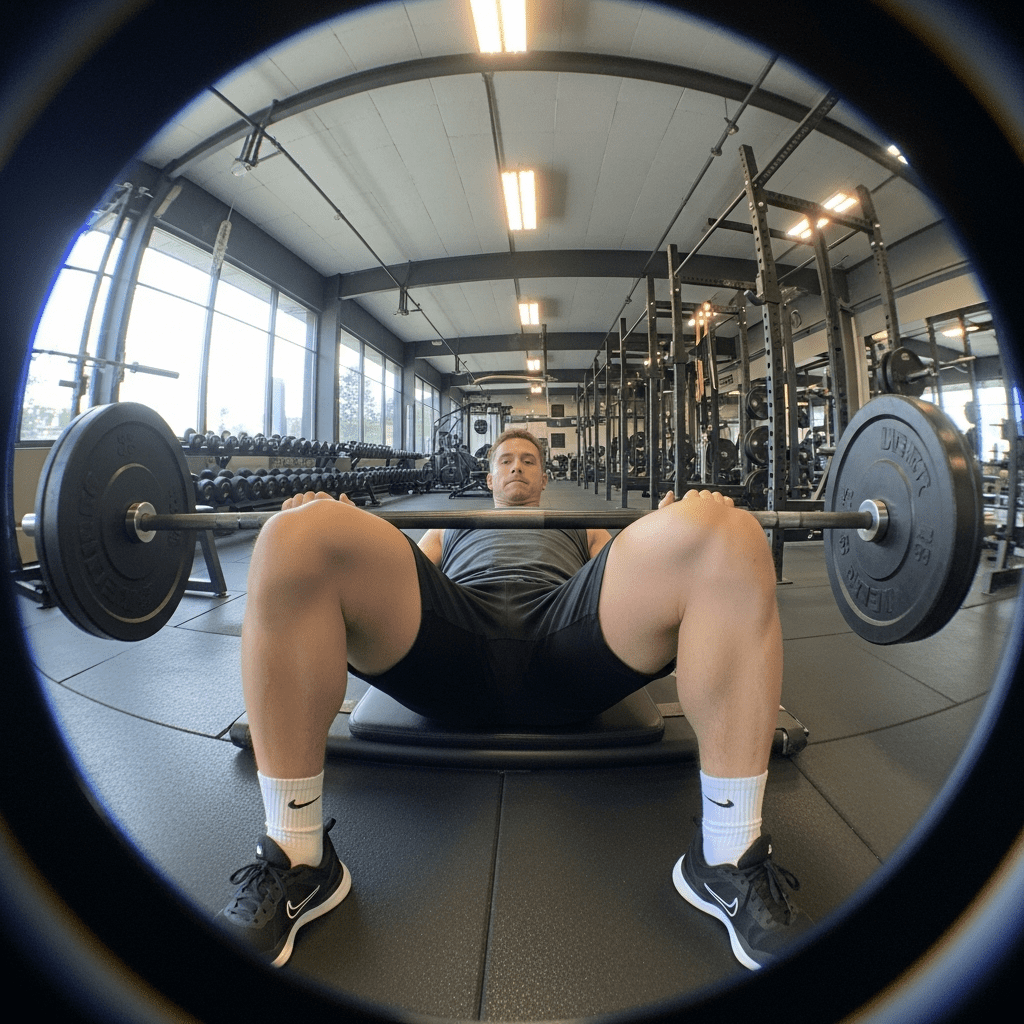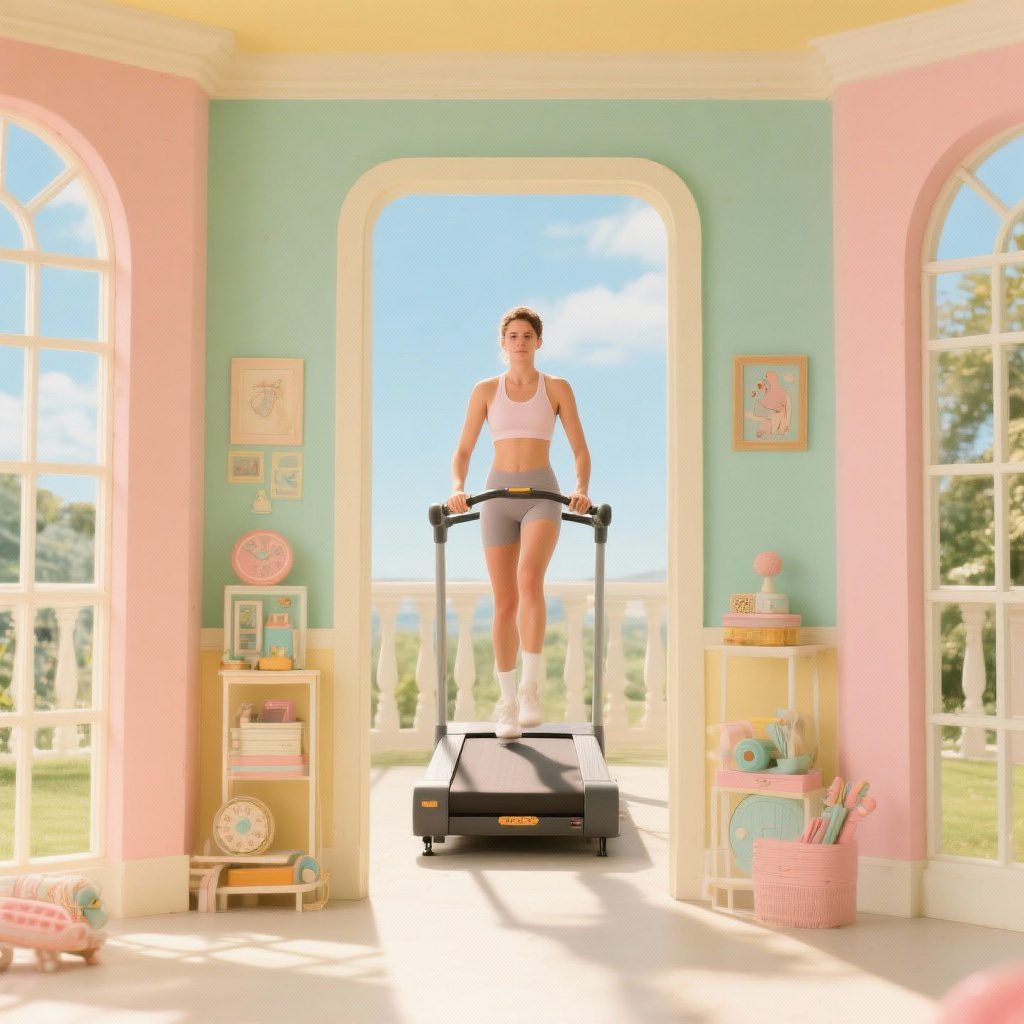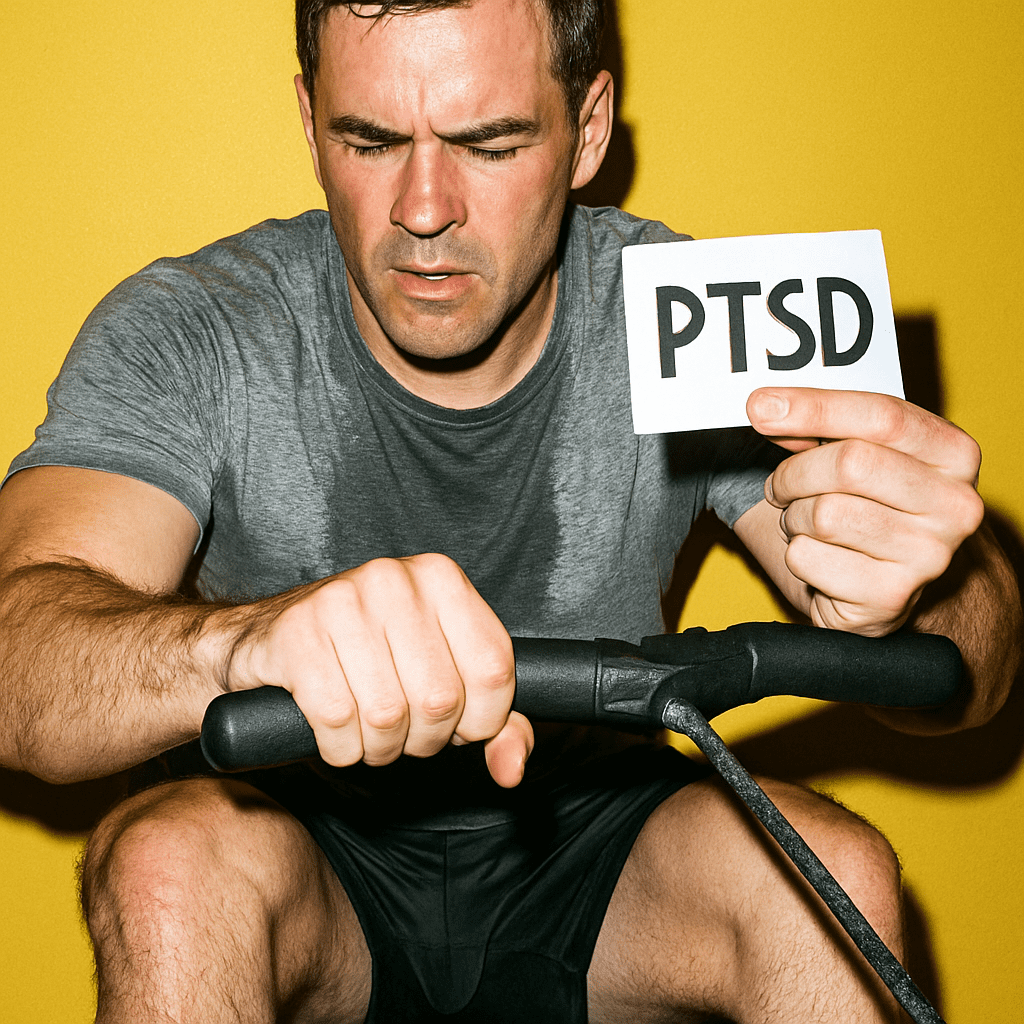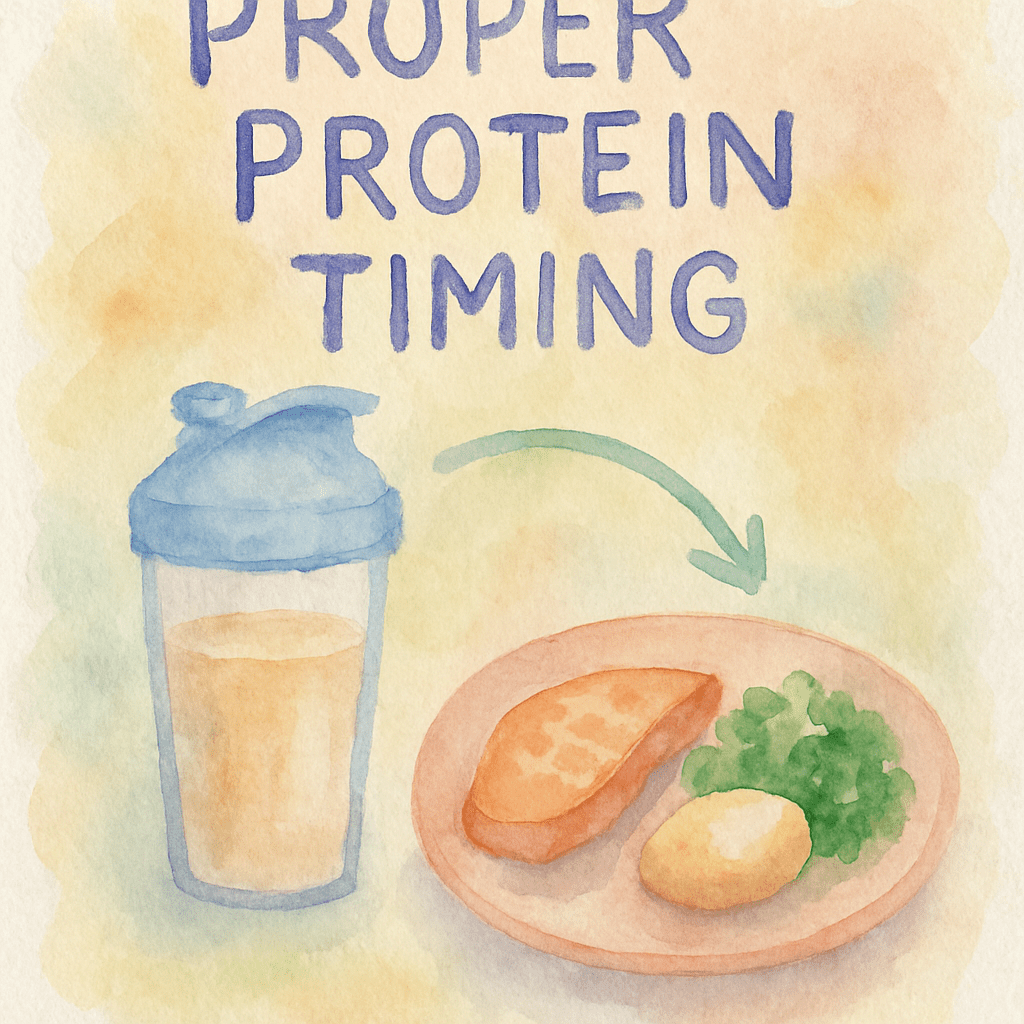If you were to ask any person on the street what body part they remembered most about Arnold, they would say his “guns!” Everybody wants to know how to improve the look of their arms. Guys want them to be bigger. Women want them to be slender and toned. So, they all wonder what the best arm workout is.
Arms, like abs, are at the forefront of most people’s minds because they look impressive. Arnold had great biceps, but is there a best bicep exercise? According to new research, there is the best bicep exercise that reigns supreme over all other bicep exercises.
There are several variations of the bicep curl, but this article is going to show you the best bicep exercise you can do in the gym.
STUDY #1 – INCLINE DUMBBELL CURL AND DUMBBELL PREACHER CURL
The Incline Dumbbell Curl and Dumbbell Preacher Curl are two variations of the standard Dumbbell Bicep Curl. In general, these two exercises can optimize biceps brachii contribution for elbow flexion by fixing the shoulder at a specific angle.
The aim of this study is to identify changes in the neuromuscular activity of the biceps brachii long head for Incline Dumbbell Curl, Dumbbell Preacher Curl, and dumbbell exercises. It will take into account the changes in load moment arm and muscle length with each dumbbell curl exercise.
Here are the three dumbbell exercises that the researchers examined:
- Dumbbell curl
- Incline dumbbell curl
- Dumbbell preacher curl
They selected 22 male weight-trained subjects (doing resistance training for at least a year). These men had to perform three different types of curls. Researchers attached the electrodes to their biceps to measure how hard the biceps worked with each exercise.
The Incline Dumbbell Curl and the classical Dumbbell Biceps Curl resulted in similar patterns of biceps brachii activation for the whole range of motion. The Dumbbell Preacher Curl caused high muscle activation only for a short range of elbow joint angle.
The researchers concluded that the Incline Dumbbell Curl and the Dumbbell Biceps Curl resulted in a considerable neuromuscular effort throughout the whole range of elbow motion. The Incline Dumbbell Curl and the Dumbbell Biceps Curl may be better for the improvement of biceps brachii force in training programs.
In other words, the researchers found that the Dumbbell Curl and Incline Dumbbell Curl are superior exercises for activating the entire bicep. On the other side, the Dumbbell Preacher Curl activated the bicep for a short range of motion.
For the best arm muscle growth, make the Dumbbell and Incline Dumbbell Curls a core part of your bicep training routine. These two exercises are crucial for the best arm workout.
STUDY #2 – THE BEST TRICEP EXERCISE FOR MASS
This study was sponsored by the American Counsel of Exercise, so hats off to the organization for funding this research. On the initial day of testing, researchers determined each subject’s one-repetition max (1 RM) for each of the following exercises:
- Triceps kickbacks
- Overhead triceps extensions
- Bar push-downs
- Rope push-downs
- Closed-grip bench press
- Lying barbell triceps extensions
- Dips
- Triangle push-ups
Researchers placed two sets of electromyographic electrodes on the long and lateral heads of each subject’s triceps brachii (the back of the upper arm) to record real-time muscle activity. The exercises were completed in random order, with a five-minute rest between each exercise to ensure proper muscle recovery.
Subjects lifted 70 percent of their previously determined 1 RM for the bulk of exercises; they used their body weight for the dips and triangle push-ups. The most effective exercise turned out to be the triangle push-ups, followed by dips and dumbbell kickbacks.
MORE TIPS TO INCREASE ARM SIZE
Now that you know what exercises are the best at activating the biceps and triceps, here are a few other tips to increase your arm size.
TRAIN ARMS FIRST FOR BIGGER ARMS
The legendary bodybuilder Arnold Schwarzenegger mentioned in his book, “The Encyclopedia of Bodybuilding,” that he had weak calves in his earlier years of bodybuilding. Then, he switched from training calves at the end of his workout to the beginning.
Other bodybuilders have made substantial gains in arms growth by breaking their arm training up into two days to focus on the biceps on one day and the triceps on the other day. The Journal of Strength and Conditioning Research reports that exercise order has a definite impact on muscle growth.
STUDY #3
Participants were randomly assigned into two groups. One group started with large muscle group exercises and progressed to small muscle group exercises (LG-SM). Another group started with small muscle group exercises and advanced to large muscle group exercises (SM-LG).
The exercise order for the LG-SM exercise group was bench press, machine lat pull-down, tricep extension, and bicep curl. The order for the SM-LG exercise group, first to large muscle groups, was bicep curl, tricep extension, machine lat pull-down, and bench press.
At the end of twelve weeks, both training groups demonstrated greater strength improvements than the control group. Still, the LG-SM group experienced a bigger bench press strength increase in comparison to the SM-LG group.
Triceps muscle volume increased more in the SM-LG group. So, based on this study, whichever muscle group you train first is going to get the most gains in strength and muscle mass! If you want bigger arms…train them first!!
100 REPS – THE BEST ARM WORKOUT?
Tom Platz used to recommend regular sets of 100 reps to stimulate muscle growth. This raised the question of whether high-volume exercise can be just as effective as a heavy-weight exercise.
STUDY #4
Researchers observed when subjects trained at 30% of a 1RM and 90% of a 1RM. They found out that both instances stimulated muscle protein synthesis. However, they also found out that training with a lighter weight and more reps and volume led to greater increases in protein synthesis than training heavier.
Specifically, the 30% of a 1RM to failure protocol induced similar increases in muscle protein synthesis to that produced by the 90% of a 1RM to failure protocol at four hours post-exercise, but this increase was sustained for 24 hours only in those subjects that trained at 30% of a 1RM.
This means that the high-volume exercise sustained increases in protein synthesis above and beyond the high-intensity protocol. In the past, most researchers speculated that muscle protein synthesis was entirely weight or load-dependent, meaning the more weight you lifted, the greater the increase in protein synthesis, but this is not the case.
Another interesting finding was genes for muscle hypertrophy (i.e., the expression of MyoD mRNA, which is associated with satellite cell activation) tended to be greater than the value at rest at 24 hours post-exercise in the 30% of a 1RM.
In conclusion, the researchers demonstrated that low-load but high-volume resistance exercise has a potent stimulatory effect on anabolic signaling molecules, MyoD and myogenin mRNA expression, and muscle protein synthesis.
HIGH-VOLUME EXERCISE FOR BIGGER ARMS
Lee Haney was an eight-time Mr. Olympia, but his workout philosophy was much different. Lee Haney was trained by the motto, “Stimulate, Don’t Annihilate.” He believed in using proper form and advocated “Quality, not Quantity.”
Haney and Coleman both won eight Olympias with very different training strategies. One trained extremely heavy, while the other promoted high volume with lighter weights.
STUDY #5
Another thing worth noting is Professor Fry’s research back in 2004, which analyzed numerous studies on muscle growth of both type I and II fibers and found that there was a dose-dependent response to intensity (i.e., amount of weight lifted) and muscle growth.
The data suggested that maximal hypertrophy occurs with loads from 80-95% 1RM. However, there appeared to be a range where most benefits were observed around 80-85 % maximal intensity or about 8-12 repetitions.
Since this time, some studies have come out that suggest that muscle growth can occur with lightweight, as in the case of tourniquet training or training with low oxygen, which can trigger muscle growth.
A collection of studies published last year in the European Journal of Sports Science found substantial increases in muscle strength and hypertrophy following low-load training. However, the magnitude of increases was not as great as that associated with using heavier loads, and a trend for superior gains was, in fact, shown when lifting weights >65% 1RM.
HEAVY-WEIGHT VS. HIGH-VOLUME – WHICH IS THE KEY TO THE BEST ARM WORKOUT?
That leaves the question: if you want to pack on size, is it better to use a heavier weight like eight-time Mr. Olympia Ronnie Coleman or revert to the days of Haney where lighter weight with more of an emphasis on volume?
STUDY #6
A new study by one of the leading experts in the field of hypertrophy, Brad Schoenfeld, has shed some light on this age-old question, and his finding may surprise you. Researchers compared the effect of low- versus high-load resistance training on muscular adaptations in well-trained subjects.
Eighteen young men experienced in resistance training were matched according to baseline strength and then randomly assigned to one of two experimental groups. The first group had a low-load resistance training routine where 25-35 repetitions were performed per set per exercise.
The second group had a high-load resistance training routine where 8-12 repetitions were performed per set per exercise. During each session, subjects in both groups performed three sets of 7 different exercises targeting all the main muscles. Training was carried out three times per week on non-consecutive days for a total of eight weeks.
At the end of the study, both high-load resistance training and low-load resistance exercise conditions produced significant increases in the thickness of the elbow flexors (5.3 vs. 8.6%, respectively), elbow extensors (6.0 vs. 5.2%, respectively) and quadriceps femoris (9.3 vs. 9.5%, respectively), with no significant differences noted between groups.
Improvements in back squat strength were significantly greater for high-load resistance training compared to low-load resistance exercise (19.6 vs. 8.8%, respectively). There was a trend for greater increases in 1RM bench press (6.5 vs. 2.0%, respectively).
The upper body muscle endurance (assessed by the bench press at 50% 1RM to failure) improved to a greater extent in low-load resistance exercise compared to high-load resistance training (16.6% vs. -1.2%, respectively).
These findings indicate that both high-load resistance training and low-load resistance exercise training to failure can bring significant increases in muscle hypertrophy among well-trained young men. However, high-load resistance training is superior for maximizing strength adaptations.
In summary, this study is quite revolutionary because it shows that you can build muscle with light-weight and high reps of 25-35 repetitions, just as well as using a heavier weight with 8-12 repetitions. Still, strength gains were greater using heavier weights.
The primary conclusions from the study are as follows:
- Gains in muscle mass are about the same regardless of repetition range, provided training is carried out until muscle failure
- Building maximal strength requires the use of heavier weights
- Muscle endurance is best obtained from the use of lighter weights
ADD SIZE TO YOUR ARMS WITH ECCENTRIC EXERCISES
Back in the early 90’s, there was a book called Bigger Muscles in 42 Days by Dr. Elliot Darden. The book took a revolutionary approach to training by advocating that people needed to spend less time in the gym but, more importantly, to emphasize eccentric contractions.
If you look at most people training in the gym lifting, they pay very little attention to the eccentric or lowering phase of the lift. Lowering the weight under control brings gravity into play but in the opposite manner than when lifting the weight.
During positive work or concentric contractions, muscle fibers are shortening. During negative work or eccentric contractions, the same fibers are lengthening. Although lifting and lowering may seem like a very simple process, the physiological differences in muscle adaptation are huge.
Emphasizing the eccentric contraction is associated with positive changes in strength and lean muscle mass. Eccentric contractions are so important that if you remove the eccentric contraction from the lift, strength gains are reduced.
STUDIES #7 AND #8
In one study, researchers compared a concentric-only strength training program to a concentric and eccentric program for five weeks. Subjects who performed the concentric+eccentric training had nearly twice the strength gains as those who only trained with a concentric contraction exercise regimen.
Another study found that placing an emphasis on eccentric overload brought a 46% increase in strength in just one week! Also, eccentric exercise primarily activates the fast-twitch muscle fibers, which are more likely to lead to greater muscle soreness and muscle growth.
ECCENTRIC EXERCISE INCREASES MUSCLE DAMAGE
If you look at muscles under a microscope after an intense spurt of eccentric exercise, it would seem like a bomb exploded in the muscles. The muscle fibers are pulled apart, and the fibers have increased growth factors at the site of injury, repairing the muscle fibers.
STUDY #9
Researchers have long been aware that maximal eccentric contractions result in more muscle damage and more muscle fiber growth, but they wanted to compare the differences between maximal concentric contractions and maximal eccentric contractions and how they affected satellite cells.
Satellite cells are essential for muscle growth and repair, and without their activation, muscle won’t grow. These cells are so important for muscle growth that if you prevent them from being activated after an intense muscle overload, there is no muscle growth – despite being damaged by tension overload.
Optimal repair and adaptation of skeletal muscle are facilitated by resident stem cells (satellite cells). To understand how different exercise modes influence satellite cell dynamics, researchers measured satellite cell activity in conjunction with markers of muscle damage and inflammation in human skeletal muscle following a single workout – and an intensity-matched spurt of eccentric or concentric contractions.
Participants completed a single spurt of eccentric or concentric contractions of the knee extensors. A muscle biopsy was performed before and 24 hours after exercise. At the end of the study, peak torque decreased after the eccentric exercise but not after the concentric exercise.
The researchers observed no significant changes in muscle soreness in the concentric group, but they did find significant increases in the eccentric group, both immediately post-exercise and at 24 hours post-exercise.
They found that levels of the inflammatory cytokines interferon gamma-induced protein 10 (IP-10) and monocyte chemotactic protein 1 (MCP-1) were significantly increased in the eccentric condition but not in the concentric condition.
This means the body activates more immune factors to rush to the site of muscle injury from eccentric exercise to repair the muscle fibers. The researchers also found that in the eccentric group, satellite cell content per muscle fiber increased significantly (by 27%), but there was no significant increase in the concentric group.
In conclusion, eccentric but not concentric results in functional and histological evidence of muscle damage that is accompanied by increased satellite cell activity 24 hours post-exercise.
This research study should be a real wake-up call for those athletes that want to grow. To achieve growth, they should focus on eccentric contractions during their weight training by lowering the weight slowly with the heaviest weight possible.
STUDY #10
The newest article on eccentric training was just published in the Journal of Strength and Conditioning Research. The researchers wanted to see what type of squat training program elicited the biggest change in neuromuscular fatigue.
In Exercise Physiology, neuromuscular fatigue was defined as a decrease in muscular performance, usually perceived as a failure to maintain or develop an individual’s force or power. Researchers analyzed neuromuscular, physiological, and perceptual responses to a single spurt of five different dynamic squat exercises.
In a randomized and counterbalanced order, fifteen male resistance-trained athletes completed:
- A multiple traditional sets protocol (4 sets x 6 repetitions at 85% 1 Repetition Maximum)
- Eccentric overload protocol(EO: 4 x 6, 70% 1RM concentric, 100% 1RM eccentric),
- Flywheel YoYo Squat (FW: 4 x 6, all-out),
- A plyometric jump protocol (PJ: 4 x 15, all-out).
Immediately post-exercise, RPE (i.e., how hard exercise felt), lactate concentrations were significantly higher in flywheel YoYo Squat and lower in plyometric jump protocol compared to multiple sets, drop sets, and eccentric overload, accompanied by similar RPE responses.
At the end of the study, metabolic and perceptual demands were higher in flywheel YoYo Squat and eccentric overload compared to multiple sets, drop sets, plyometric jump protocols, and eccentric overload have induced the greatest neuromuscular fatigue.
So, incorporating eccentric exercises can shock your system into growth, but using them can be a drain on your neuromuscular system. Therefore, use them sparingly in your workouts.
The severity of muscle damage and drain on your neuromuscular system means that maximal eccentric exercise can only be performed for a week or two at a time. The eccentric overload should be incorporated in the off-season when muscle recuperation is at its maximum.
FULL RANGE OF MOTION FOR THE BEST ARM WORKOUT
Many people in the gym love to load up the biceps machine and do quarter reps and half reps. That’s one of the biggest mistakes for those who want to grow big muscles. Not doing a full range of motion is detrimental to stimulating muscle growth.
STUDY #11
Researchers from Italy examined the effect of a range of motion at different loads on electromyographic activity during the military press. Six experienced lifters performed three sets of 10 repetitions, each one with a different ROM:
- The first one with a final elbow angle of 90°; partial rep
- The second with a final elbow angle of 135°; almost locked out position
- The last one with a final elbow angle of 180°; full range of motion
Not surprisingly, the execution of a complete range of motion brought the greatest deltoid muscle activity, together with the trapezius showing their synergic activation.
Based on this study, using partial or intermediate reps is not going to fully activate the deltoids and trapezius muscle like doing a full range of motion. Using a full range of motion is going to activate more muscle fibers and lead to better muscle growth.
FINAL THOUGHTS
Everyone with vast experience in resistance and strength training knows that growing muscles isn’t something that happens overnight. It also isn’t simple – there is a whole science explaining the best arm workout.
In this article, I outlined several studies that explained the process of growing muscles and optimal exercises and exercise techniques for muscle growth. It is up to you whether you will base your workout strategy on these studies. In the end, the best arm workout routine is the one that makes you feel good.
References: Paoli A, Marcolin G, Petrone N. Influence of different ranges of motion on selective recruitment of shoulder muscles in the sitting military press: an electromyographic study. J Strength Cond Res. 2010 Jun;24(6):1578-83. Oliveira LF, Matta TT, Alves DS, Garcia MA, Vieira TM. Effect of the shoulder position on the biceps brachii emg in different dumbbell curls. J Sports Sci Med. 2009 Mar 1;8(1):24-9. eCollection 2009. Spineti J, de Salles BF, Rhea MR, Lavigne D, Matta T, Miranda F, Fernandes L, Simão R. Influence of exercise order on maximum strength and muscle volume in nonlinear periodized resistance training. J Strength Cond Res. 2010 Nov;24(11):2962-9. Andrew C. Fry, The Role of Resistance Exercise; Intensity on Muscle Fibre Adaptations; Sports Med 2004; 34 (10): 663-679. Nishimura A, Sugita M, Kato K, Fukuda A, Sudo A, Uchida A. Hypoxia increases muscle hypertrophy induced by resistance training. Int J Sports Physiol Perform. 2010 Dec;5(4):497-508. Yasuda T, Ogasawara R, Sakamaki M, Bemben MG, Abe T. Relationship between limb and trunk muscle hypertrophy following high-intensity resistance training and blood flow-restricted low-intensity resistance training. Clin Physiol Funct Imaging. 2011 Sep;31(5):347-51. Schoenfeld BJ, Peterson MD, Ogborn D, Contreras B, Sonmez GT. Effects of Low-Versus High-Load Resistance Training on Muscle Strength and Hypertrophy in Well-Trained Men. J Strength Cond Res. 2015 Apr 3. Schoenfeld BJ, Wilson JM, Lowery RP, Krieger JW. Muscular adaptations in low-versus high-load resistance training: A meta-analysis. Eur J Sport Sci. 2014 Dec 20:1-10. [Epub ahead of print] Burd NA, West DW, Staples AW, Atherton PJ, Baker JM, Moore DR, Holwerda AM, Parise G, Rennie MJ, Baker SK, Phillips SM. Low-load high volume resistance exercise stimulates muscle protein synthesis more than high-load low volume resistance exercise in young men. PLoS One. 2010 Aug 9;5(8):e12033. Raeder C, Wiewelhove T, Westphal-Martinez MP, Fernandez-Fernandez J, De Paula Simola RÁ, Kellmann M, Meyer T, Pfeiffer M, Ferrauti A. Neuromuscular fatigue and physiological responses after five dynamic squat exercise protocols. J Strength Cond Res. 2015 Sep 1. Hyldahl RD, Olson T, Welling T, Groscost L, Parcell AC. Satellite cell activity is differentially affected by contraction mode in human muscle following a work-matched bout of exercise. Front Physiol. 2014 Dec 11;5:485. Vijayan, K, Thompson, JL, Norenberg, KM, Fitts, RH, and Riley, DA. Fiber-type susceptibility to eccentric contraction-induced damage of hindlimb-unloaded rat AL muscles. J. Appl. Physiol. 90: 770-776, 2001. B. Schoenfeld (2012): Does exercise-induced muscle damage play a role in skeletal muscle hypertrophy? Roig, M, O’Brien, K, Kirk, G, Murray, R, McKinnon, P, Shadgan, B, and Reid, WD. The effects of eccentric versus concentric resistance training on muscle strength and mass in healthy adults: a systematic review with meta-analysis. Br. J. Sports Med. 43: 556-568, 2009.

